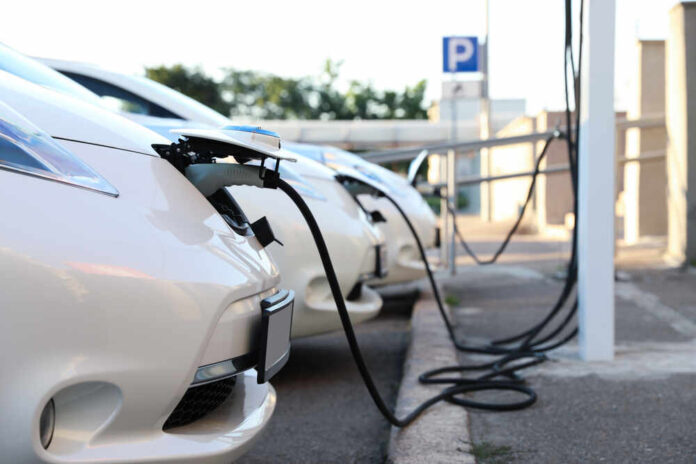
As the electric vehicle (EV) market surges, bolstered by government incentives and mandates, concerns about the preparedness of our fire departments are igniting debates. Nearly 48 million EVs are projected to be on U.S. roads by 2030. Yet, our fire departments, especially in smaller towns, may not be equipped to handle these vehicles’ unique challenges when they catch fire.
Unlike traditional gas-powered vehicle fires, extinguishing an EV fire is not straightforward. EV fires can be more intense, last longer, and even reignite hours or days after the initial blaze. The batteries in these vehicles contain highly flammable chemicals. They can release toxic fumes, as noted by the National Volunteer Fire Council. Regarding EVs, the old firefighting adage of “water on fire” seems to fall short.
'Let it Burn': Fire Departments Ill-Prepared for EV Boomhttps://t.co/dP9ZBexEVC
— PJ Media (@PJMedia_com) November 10, 2023
Take, for instance, an incident in Franklin County, Tennessee, where a burning Nissan Leaf demanded a staggering 45,000 gallons of water to douse the flames — a stark contrast to the 500 to 1,000 gallons typically needed for gasoline-powered cars. Fire Marshal Andy King’s statement underscores the dilemma: “I think if we were faced with a similar scenario next time, we might need to let it burn.”
The current administration’s push for an EV future raises questions about the need for foresight into the associated risks and the readiness of our emergency services. With billions poured into subsidies and infrastructure, one wonders if sufficient resources are being allocated to train and equip our firefighters, particularly the volunteers who form the backbone of rural America’s emergency response.
It’s a good thing that EVs are zero carbon emission 😂😂😂 pic.twitter.com/vKKmR52iVs
— I Meme Therefore I Am 🇺🇸 (@ImMeme0) October 26, 2023
Despite the advancements in EV technology, with companies like Audi seeking patents for self-extinguishing batteries and others developing early warning sensors, the reality remains unchanged. These technologies still need to be at a scale where they can benefit the majority of fire departments. Even solid-state batteries, believed to be safer, are still not widely available.
The situation is even more complex when EVs are in transit. The cargo ship Fremantle Highway incident, carrying 498 EVs, highlighted the risks and the sea transport industry’s lack of preparedness for such fires. It’s a stark reminder that the rush toward electrification may be outpacing the development of essential safety measures.
In land-based scenarios, innovative firefighting techniques such as digging pits or using specialized equipment might be feasible, but at sea, the challenges multiply. The tightly packed quarters of roll-on/roll-off auto carriers and the inadequacy of traditional ship firefighting equipment exacerbate the risks. It’s an international concern that requires immediate attention, with the International Maritime Organization considering measures for safer EV transport.
For now, fire departments must calculate the cost in water and effort as they grapple with a problem that is quite literally fueled by the policies meant to drive us into a cleaner future. The financial burden of increased training, equipment, and potentially higher insurance costs falls on communities and their fire services, many already stretched thin.
The EV revolution may indeed hold promise for a greener tomorrow. In the meantime, it poses real and burning questions. Are we moving too fast toward an electrified horizon without the necessary safeguards? And at what cost to the safety of our communities and the environment?
















